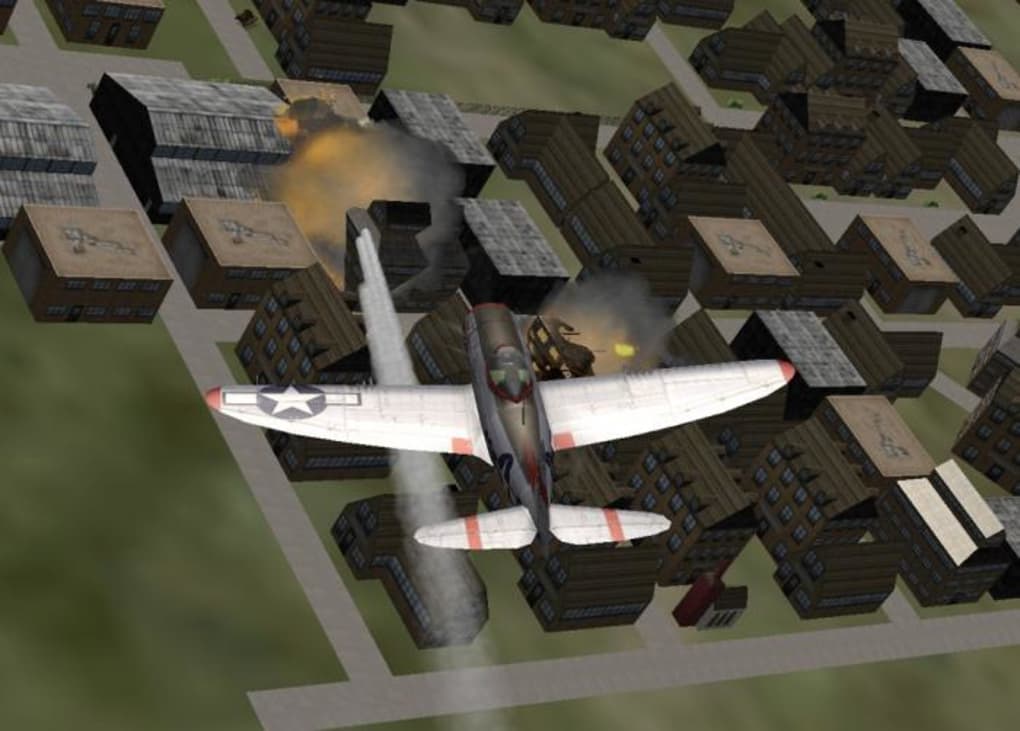


This ranges from looking at how the brain of a teen with a high ACE score can be healed with cognitive behavior therapy, to how schools can integrate trauma-informed and resilience-building practices that result in an increase in students’ scores, test grades and graduation rates.ĪCEs are adverse childhood experiences that harm children’s developing brains and lead to changing how they respond to stress and damaging their immune systems so profoundly that the effects show up decades later. Positive Childhood Experiences and resilience research and practice - Building on the knowledge that the brain is plastic and the body wants to heal, this part of PACEs science includes evidence-based practice, as well as practice-based evidence by people, organizations and communities that are integrating trauma-informed and resilience-building practices.Historical and generational trauma (epigenetic consequences of toxic stress) - how toxic stress caused by ACEs can alter how our DNA functions, and how that can be passed on from generation to generation.


The science of PACEs refers to the research about the stunning effects of positive and adverse childhood experiences (PACEs) and how they work together to affect our lives, as well as our organizations, systems and communities.


 0 kommentar(er)
0 kommentar(er)
